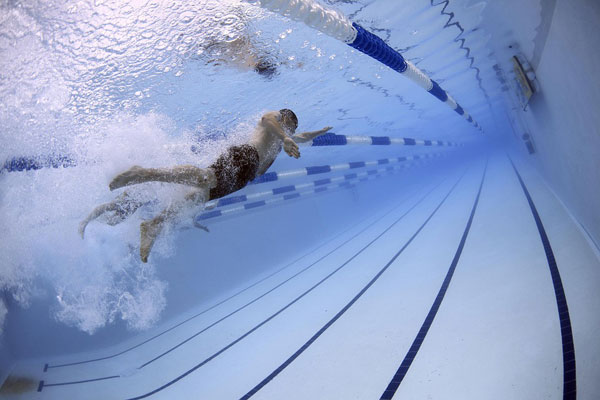
Avoiding asthma attacks while exercising in winter is best accomplished by preventing cold, dry air from getting into your bronchial airways. One way to do this is to exercise indoors when it is cold. Swimming in an indoor heated pool, where the air is comfortably warm but not overly humid, is an option that works for many people who have asthma. However, if you do want to exercise outdoors in frigid weather, cover your mouth and nose with a scarf or other garment to ensure that the air you breathe is warmed before it enters your body.
Wherever it is performed, exercise helps you strengthen your breathing muscles, boost your immune system and maintain a healthy body weight. In the winter—as in other seasons—it is important to warm up before exerting yourself. Begin 10 to 30 minutes before working out in earnest by walking, stretching and other low-level activities. The light movement will help your body make chemicals that deter bronchospasms. Drink plenty of liquids during this time as well.
If you feel uncomfortable during your winter exercise warm-up or even earlier, postpone further exercise. A slight wheeze can quickly escalate to a full-fledged attack when the inhalation of very cold air is combined with exertion.
Take your prescribed medications wisely and properly. Using your inhaler about 20 minutes before exercising (or according to your physician’s instructions) will help ensure an attack-free workout. However, keep your rescue inhaler on hand—preferably in a warm place—during your workout, just in case you need to use it.
Cool down for at least 10 minutes after you have exercised vigorously, and drink more liquids afterward, as well. Both activities help your body readjust slowly and gradually to its “normal” state and keep airways from suddenly drying out.
As the temperatures plummet, there is no need to forego exercise, even if you have asthma. We will design an all-season fitness program that meets your goals for strength, flexibility and cardiovascular health while taking into account your asthma and its triggers.
















